Welcome to a detailed data Scientist vs data analyst comparison. Continue reading to know the differences between the two popular data science job roles.
When I started learning data science, I always thought data science and data analysis were synonymous. This, however, wasn't the case. So, when I started digging deep, I realized that although data analysis takes up a considerable portion of the data science process , data science is still very vast and contains multiple disciplines.
As I thought that I should put my findings somewhere so that others can benefit and make informed decisions about their career choices, here I am writing this blog post. Although both data analysts and data scientists have an equally satisfying career path with an excellent salary prospect, a data scientist has a broader scope of opportunities because of the various areas that data science encompasses.
Why the Confusion?
Most of us think that data science is all about analyzing data and finding insights to make some business decisions. Sure, data science does that, but not just that! All the math and statistics you need for data analysis are also used for the entire data science process from start to end, at various stages, like data collection, cleaning, and visualization.
But since analysis goes deeper into finding more about users from data, we may think of it as the most crucial data science task. Each step in the data science lifecycle is a big one and has its own set of tools and techniques. However, the most critical step is believed to be data analysis, which results in a conclusion for the data at hand and helps create new business opportunities.
That’s why the confusion!
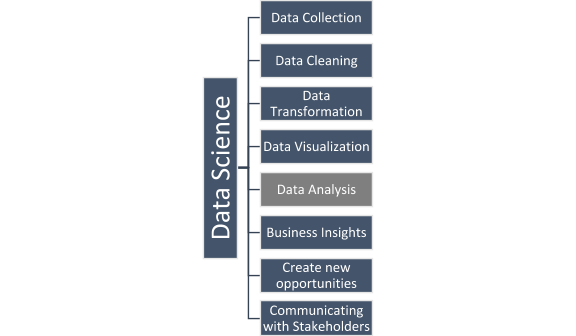
Data Scientist Skills, Roles, and Responsibilities
The entire data science lifecycle is vast and takes time to learn. Also, it is not a one-man’s job. Since data (mostly digital) has become critical now and its generation is reaching new highs in volumes, the role of a data scientist has also been split into multiple disciplines. For example, data engineer, data analyst, machine learning engineer, and business analyst.
For a complete list, check this data science career opportunities article. If you go through the above link, you will notice a title called ‘Data Science Generalist.’ A generalist is a data scientist who can take up the job of a data analyst, data engineer, machine learning engineer, technical architect, and so on, as and when required. All these jobs together form the essence of a data scientist. O
n one day, you could be juggling with creating a good data set from a dirty one, the other day, you could be preparing presentations to present your data insights in the best possible manner.
You should know the end-to-end process – starting from identifying and defining the business problem, and then moving to get all the possible relevant data, making it structured, cleaning it, analyzing it, and finally, communicating the insights to other important people involved. Well, that’s not it. You also need some business/domain knowledge, problem-solving and analytical skills, good (rather clever) communication skills, and a creative mindset.
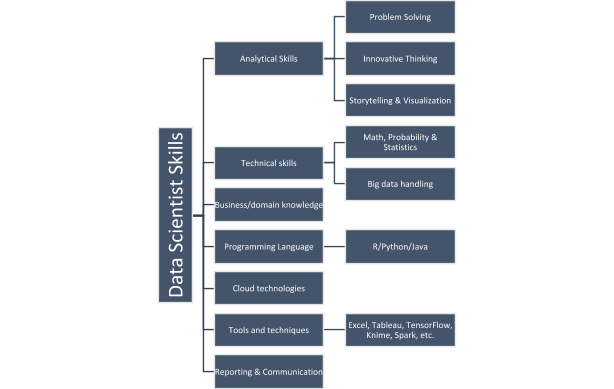
Data Analyst Skills, Roles, and Responsibilities
Data analysis will always be fruitfully challenging and give you different situations each day. It will also allow you to work with different tools and techniques. A data analyst also earns equally well but has a specialized/focused job. For example, a data analyst must have more technical knowledge than business acumen to perform well. Some important technical skills data analysts should possess are:
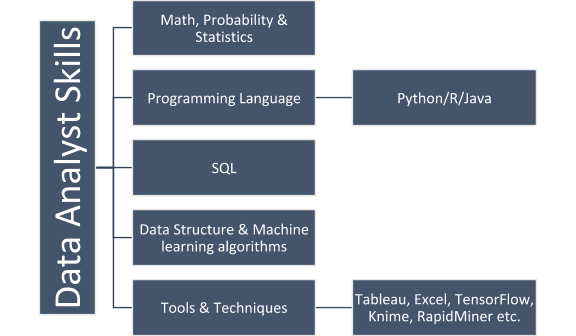
Data analyst skills are limited to technical skills and knowledge of different tools to make the job easier. You should also note that the job is focused i.e. analyze the data! What does this analysis involve? Different types of analysis are performed on data:
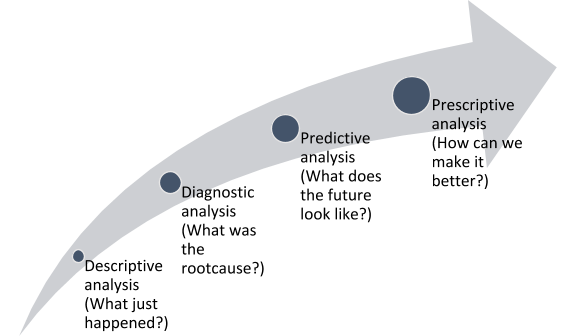
From left to right, we move from hindsight, insight, and then foresight. The predictive and prescriptive analysis is part of foresight, whereas diagnostic analysis is insight.
Ice Cream Sales: A Data Analysis Example
I will give you a simple example:
- You get the information that the sales of your product (say ice cream) are decreasing. (This is the business problem that the data scientist has identified).
- Now, the first thing is to understand the reason(s) for the decrease in ice cream sales. To find this, you will perform diagnostic analysis. For example, ice cream sales can drop because of the weather or there may be other competitors who are offering better prices and/or more flavors, and so on.
- If we see the previous ‘x’ months data, it looks like the sales will further go down (or maybe up) based on the reasons we found above. If the cause is the weather, then it will go up when summer comes. However, if the competitors are generating more sales, then the sales may further reduce. This is called predictive analysis – predicting the future based on past and current data.
- Now, to increase the ice cream sales, what should we do? Should we come up with a better campaign? Can we add some unique flavors that no other competitor has? Can we give better discounts and offers? All these come under prescriptive analysis – just like the doctor gives you a prescription for your illness (problem).
All these points make the role of a data analyst exciting and full of variety. Although the roles and responsibilities, salary, skills, everything are different, they are related. We will see all the data analyst vs data scientist differences in the below comprehensive head-to-head comparison table.
Data Analyst vs Data Scientist: The Comparison Table
The following data analyst vs data scientist table enumerates the various important differences between the job roles of a data analyst and a data scientist. Have a look:
Data Analyst |
Data Scientist |
| One of the essential phases of the data science lifecycle is where many tools and Data analysis techniques are applied to analyze the data deeply. | It is the entire field that involves many tasks, like defining a problem, collecting relevant data, analyzing it, and presenting insights. |
| Data analyst gets structured data for analysis. This data is already transformed into a usable form. | Data scientists obtain data from various sources, which is messy and raw. |
| Explores data only from a single source. | Data sources can be from anywhere and in any format. |
| Day-to-day analysis to determine trends and patterns. | Collects data over a period of time required for the business and then sends it for analysis. |
| Involved in finding answers to the business problems already defined through trends and patterns. | Formulates various questions, does thorough research to find out the right business problem, and then collects data. |
| Requires technical tools to perform technical tasks, like database querying, and visualization to analyze data. SQL, Excel, and Python are tools examples. | Uses technical and business tools to sort the data, clean it, do exploratory analysis , and then give it to data analysts to perform an in-depth analysis. Tools examples include SQL, PowerBI, SAS, MATLAB, Spark, and Tableau. |
| Doesn’t need to know about converting business problems into use cases or creating roadmaps. | Needs to create business user stories, roadmaps and generate visual and written reports based on the patterns given by analysts. |
| Needs in-depth knowledge of SQL and analytics tools. | Must know overall features (not in-depth) of SQL and other technical tools. |
| Adept in decision-making tools, ETL tools, or data architecture. | In-depth knowledge of decision making, correlation, data mining, and predictive modeling is a must. |
| Limited roles and responsibilities. | More responsibilities than any other sub-field of data science. |
Data Analyst vs Data Scientist: Salary Prospects
As the job of a data scientist comes with more responsibilities, the salary offered is also more. The starting salary itself is more for data scientists. The yearly salary range of data scientists is around $83000-$115000, whereas, for data analysts, it is anywhere between $59000-$81000.
A data analyst is an excellent title to start with. This is because it will give you a lot of exposure to work with data in various ways. You can then slowly get into the wider data science process as you start learning more techniques of analysis, visualization, big data analytics, and business performance.
Further Resources to Learn Data Science
That sums up this in-depth data analyst vs data scientist comparison. I sincerely hope that now you won't be confused between the roles of data analyst and data scientist. As cool as the words sound - data scientist and data analyst - they require unshakable determination to learn and succeed.
Needless to say, you need a lot of practice to make it into the lucrative field of data science. If you know Python, you can readily get into data analysis using the various data science libraries and do simple projects. Learn the basics of Python or R , whichever language you feel comfortable with. Form your data science roadmap and start your data science journey today.
Best wishes!
People are also reading:
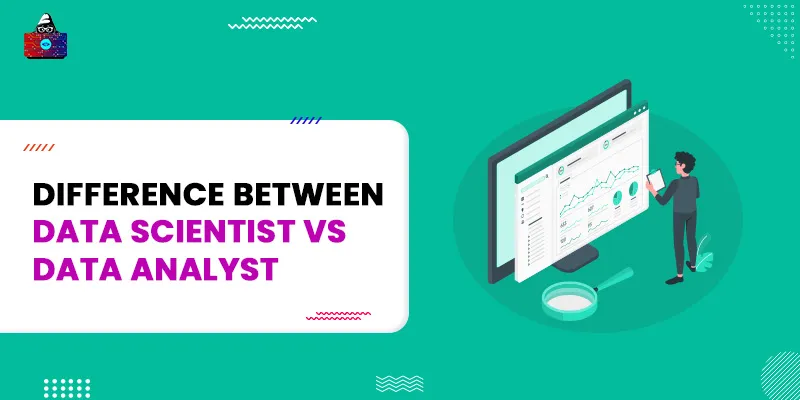

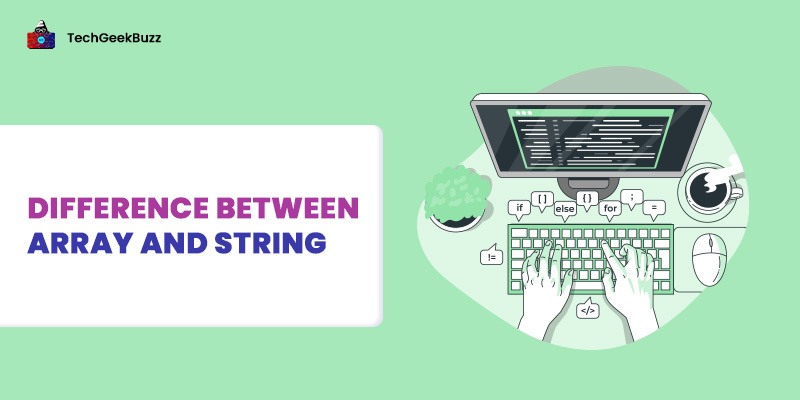
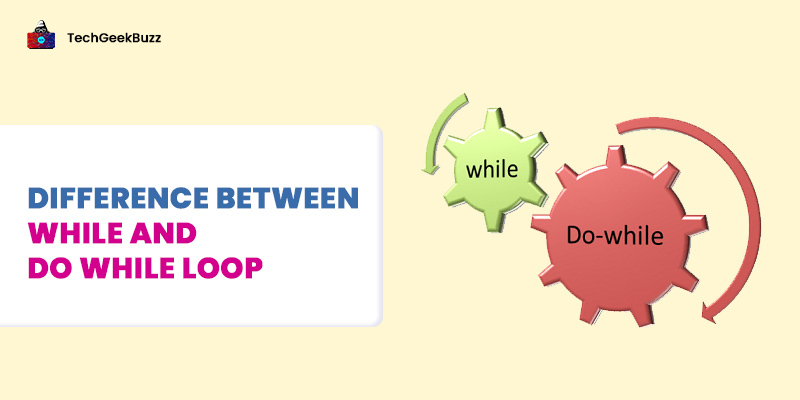
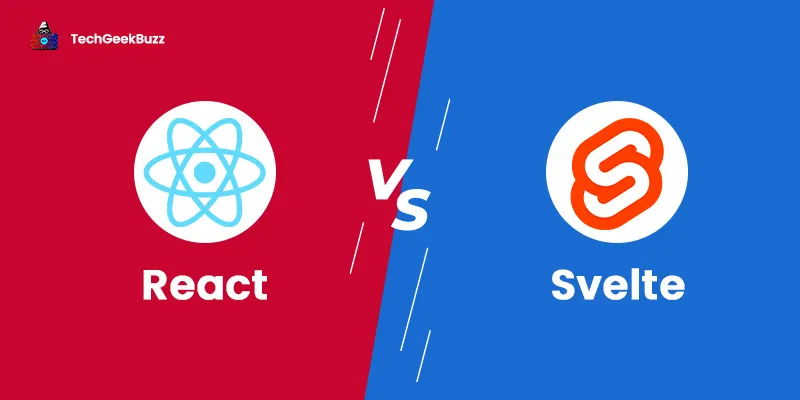
Leave a Comment on this Post